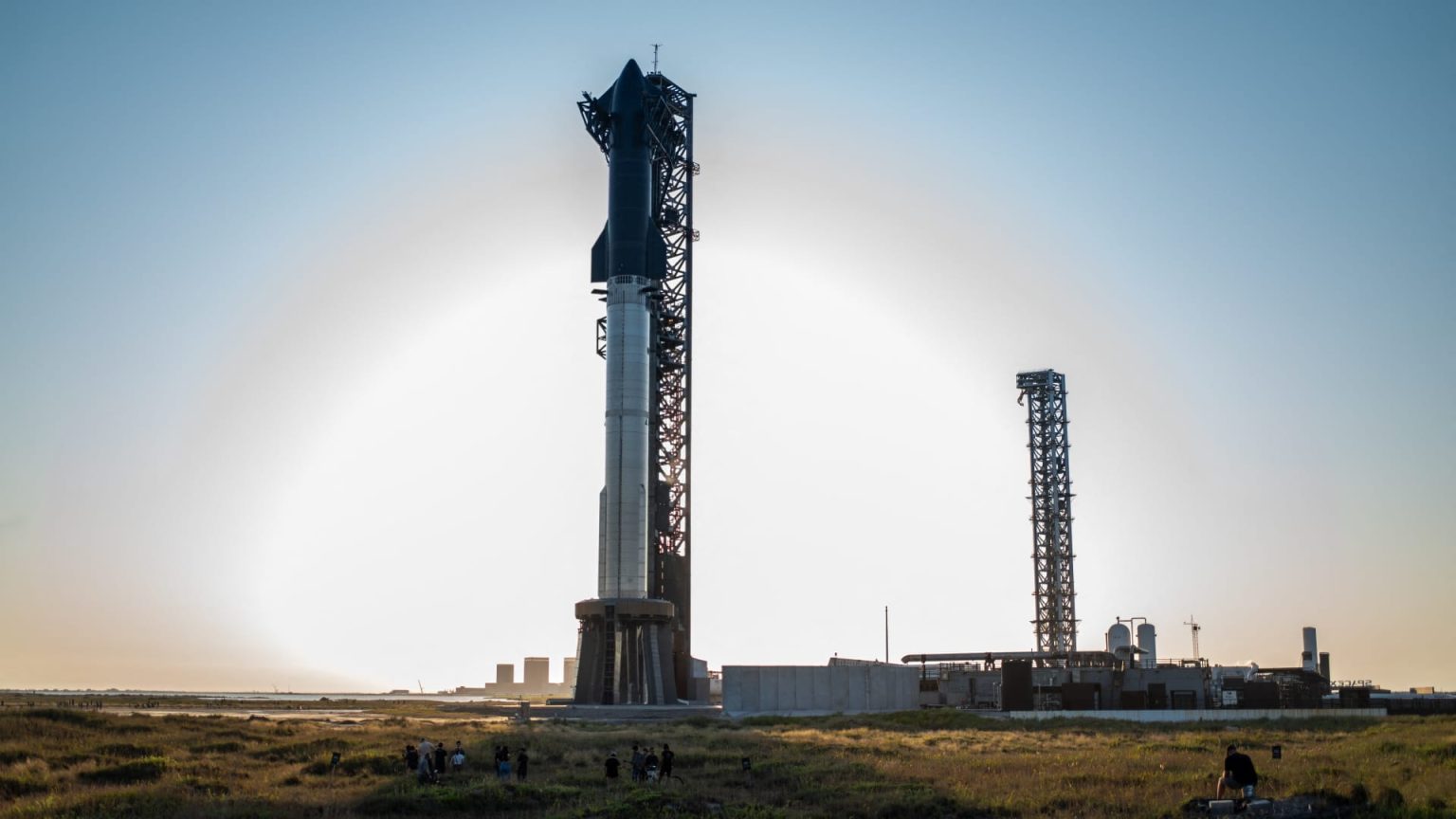SpaceX successfully launched its fifth test flight of the Starship rocket on Sunday, making a dramatic first catch of the rocket’s booster. The launch took place at 8:25 a.m. ET from the Starbase facility near Brownsville, Texas. The rocket’s “Super Heavy” booster returned to land on the arms of the company’s launch tower, marking a significant achievement. The Starship continued on to space and aimed to travel halfway around the Earth before reentering the atmosphere and splashing down in the Indian Ocean. The Federal Aviation Administration issued SpaceX with a license to launch the flight sooner than expected.
There were no people on board the fifth Starship flight, as SpaceX continues to test the full Starship rocket system. Previous test flights in April, November, March, and June have achieved various milestones, including a controlled splashdown in the Gulf of Mexico. The Starship system is designed to be fully reusable and aims to become a new method of flying cargo and people beyond Earth. SpaceX won a significant contract from NASA to use the Starship as a crewed lunar lander as part of the Artemis moon program. The company plans to fly hundreds of Starship missions before launching with any crew.
While SpaceX emphasizes building on what they have learned from previous flights, the company faced challenges with FAA delays in launching the fifth flight earlier than October. Both SpaceX and Elon Musk voiced frustration with the agency, attributing delays to “superfluous environmental analysis.” However, assessments were conducted more quickly than anticipated, and SpaceX had to pay fines to environmental regulators for unauthorized water discharges at its Texas launch site. The company has been critical of the delay in their testing program.
In the latest test flight, SpaceX achieved its goal of returning the booster back to the launch site and successfully catching it using the “chopstick” arms on the tower. The company sees the ambitious catch approach as critical to making the rocket fully reusable. Engineers have spent years preparing for this moment, with technicians investing thousands of hours into building the infrastructure for success. The rocket system requires more than 10 million pounds of propellant for launch and is powered by liquid oxygen and liquid methane.
The Starship rocket is both the tallest and most powerful ever launched, standing at 397 feet when fully stacked on the Super Heavy booster. The booster, at 232 feet tall, begins the rocket’s journey to space with 33 Raptor engines producing 16.7 million pounds of thrust. Starship itself is 165 feet tall and has six Raptor engines, powered by liquid oxygen and liquid methane. SpaceX aims to make the rocket fully reusable and has invested significant resources into the infrastructure needed for success, including the complex booster catch mechanism.
Overall, SpaceX’s latest test flight of the Starship rocket marks a significant milestone in the company’s ambitious space exploration goals. With successful booster catch and a continued focus on reusability, SpaceX is set to revolutionize the methods of flying cargo and people beyond Earth. Despite challenges with regulatory agencies, the company remains committed to pushing the boundaries of space exploration and unlocking new possibilities for humanity in space.


